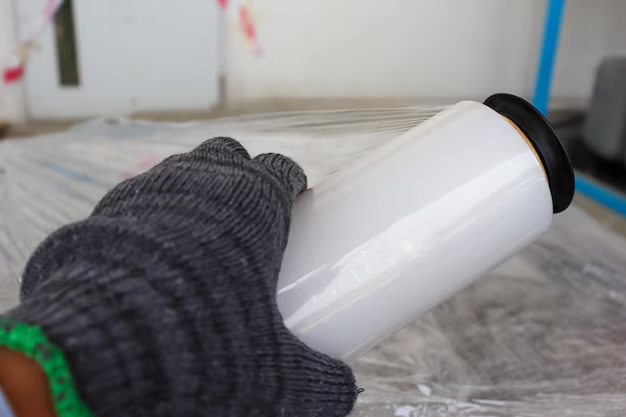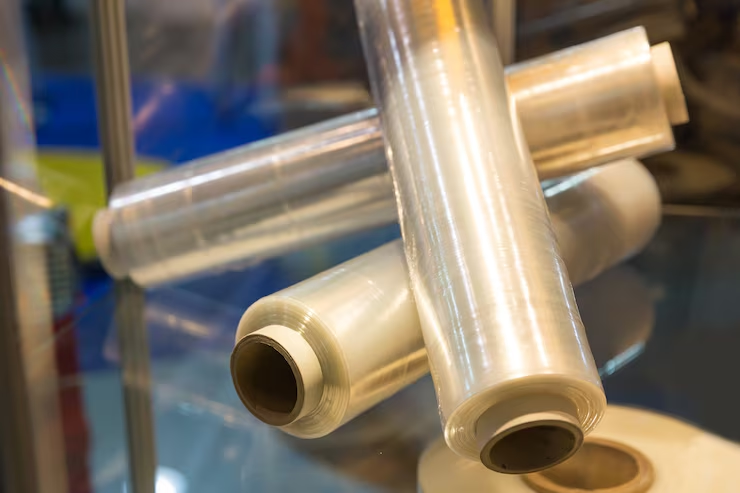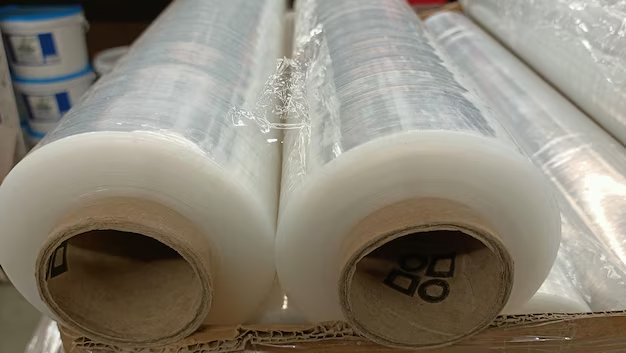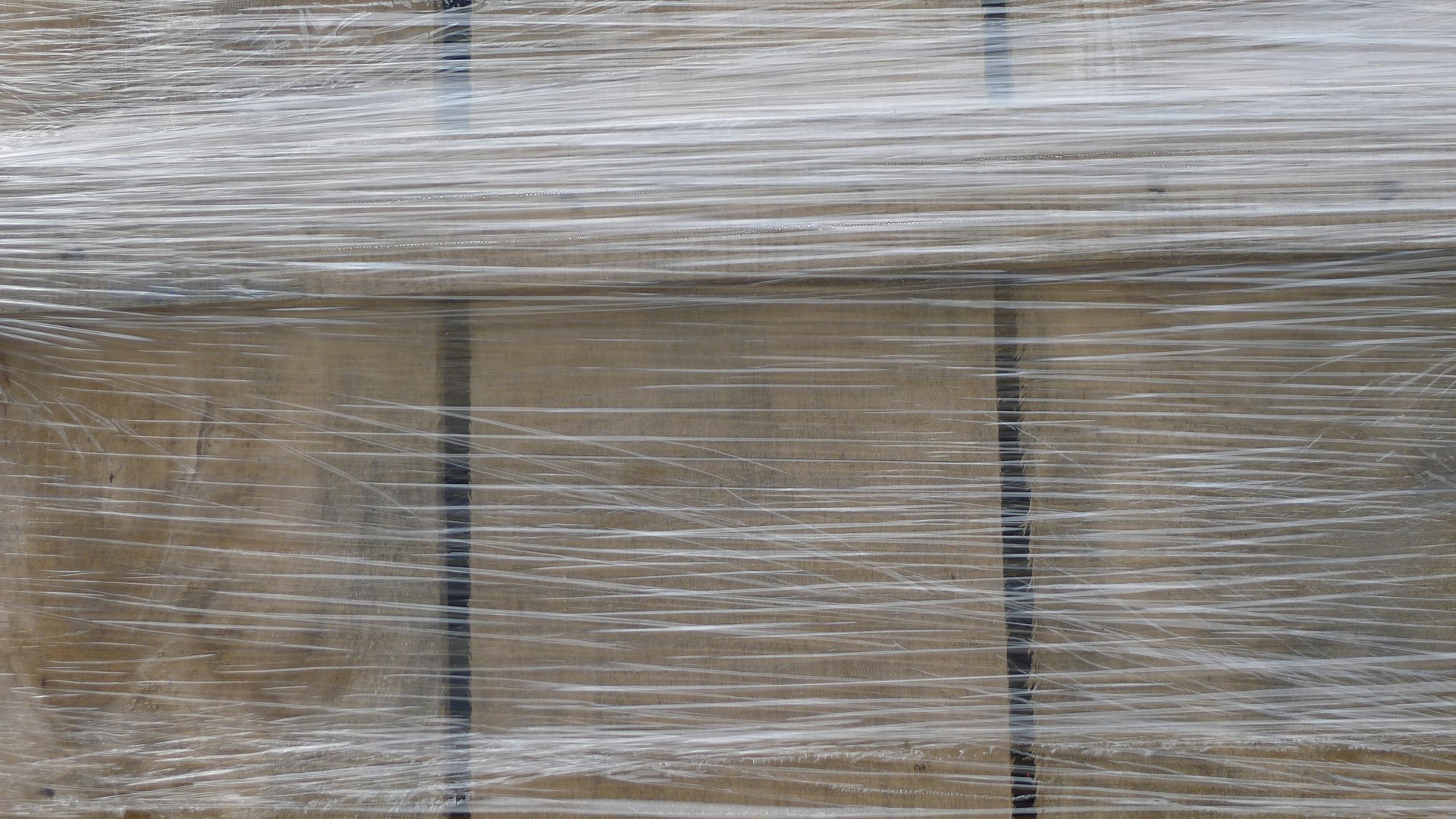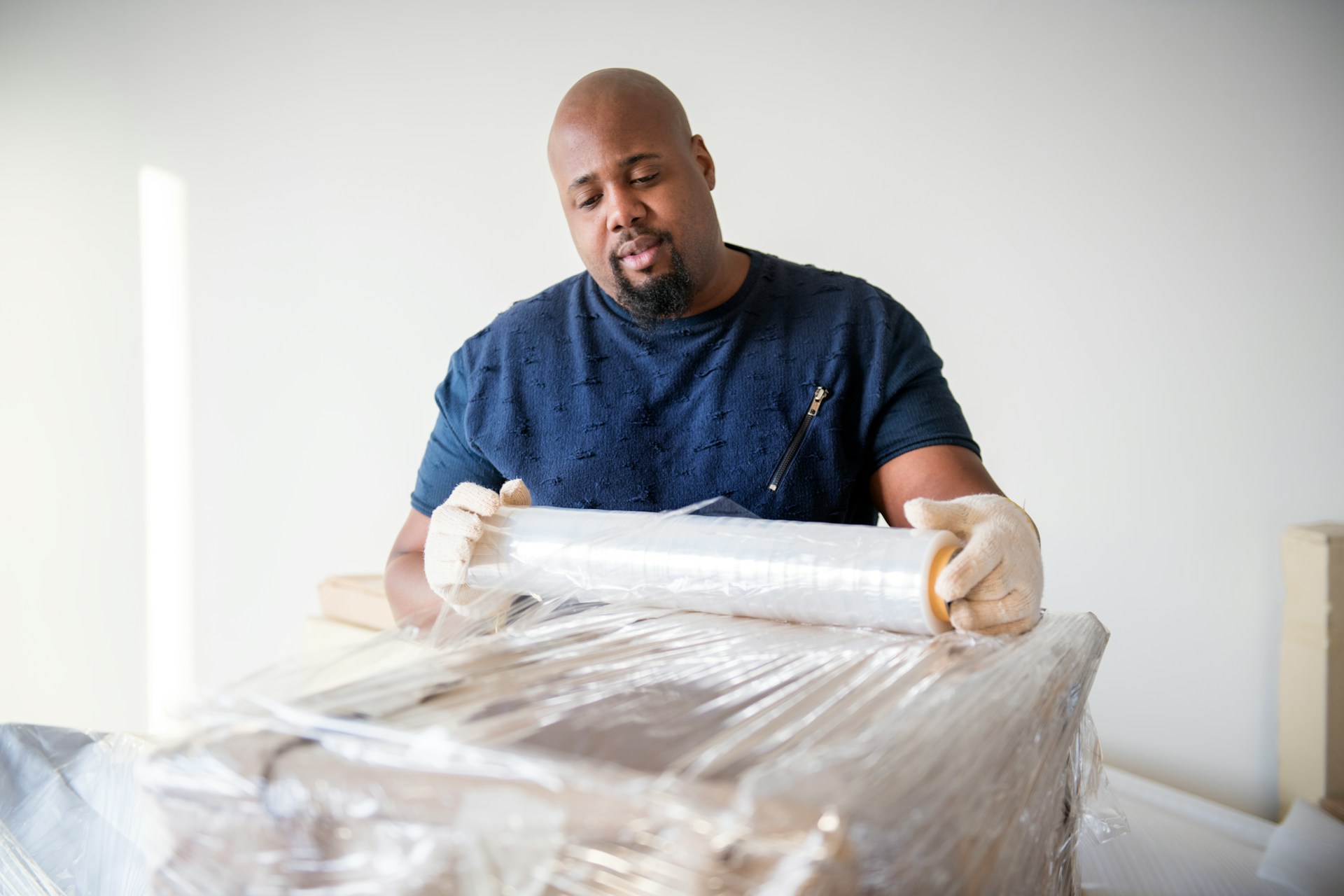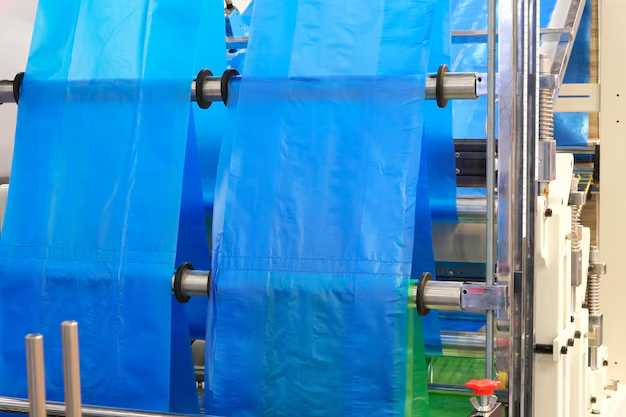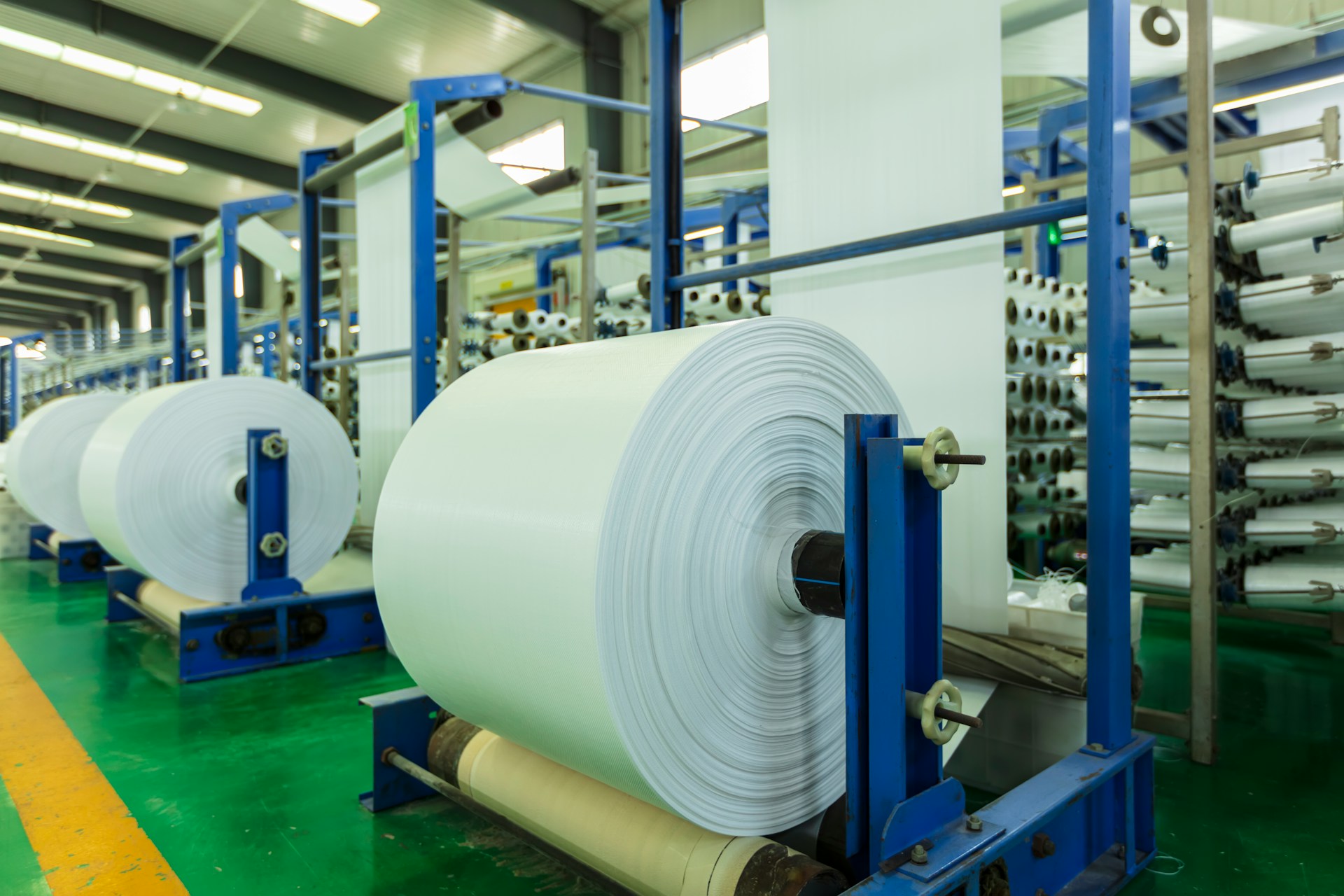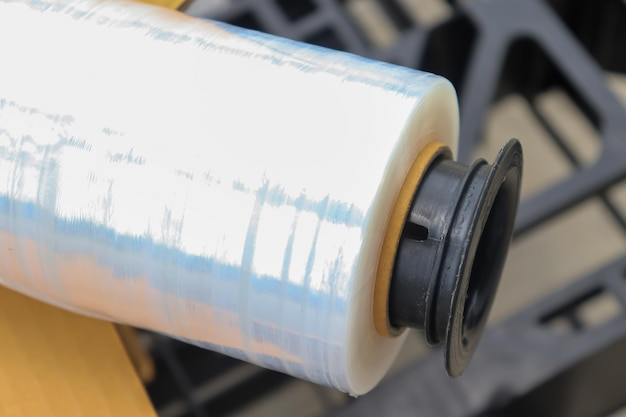Cushion film is used across a lot of seating and upholstery applications, especially for projects involving boats, RVs, and buses. It’s there to protect foam and fabric during the cutting and assembly process. When it’s applied right, it lays smooth and holds everything in place through shaping and handling. But when the film goes down unevenly, that’s when problems start showing up. Seams can shift, corners get bunched, and the material underneath can end up exposed.
Uneven cushion film isn’t just frustrating to deal with. It slows down production and can affect the way the finished product looks. A small wrinkle or sag can lead to wasted materials or rejected pieces in the next stage of production. Some patterns are more forgiving than others, but when margins are tight, even minor mistakes can become extra work fast. Understanding why this happens and how to stop it at the source is key to keeping each step of the build smooth and efficient.
Identifying Causes Of Uneven Film Distribution
The most common issue behind uneven cushion film comes down to poor tension control. If the film isn’t pulled tight during the lay-down, it tends to buckle or ripple across the surface. Pull too hard in one direction, and it shifts foam instead of protecting it. Apply too little, and the film floats or folds over itself, especially around edges and curves.
Cushion film also reacts to room conditions. If your cutting floor gets hot or humid, the film can stretch more during application. That extra stretch can later snap back or drag against the foam inside, especially when it cools. Sudden changes in temperature or humidity don’t give the film a chance to settle evenly, and even an hour of bad room air can leave a roll of film harder to manage.
Storage is another issue that sneaks up on a lot of teams. Cushion film kept in a dusty or damp back room can start to break down at the edges. It might become sticky, shrink, or curl before it even gets to the table. And rolls stored vertically without support can shift and warp inside the core, throwing off alignment from the start.
Here are a few red flags to look out for when trying to track down the cause of film problems:
– Wrinkles right after applying: Usually caused by uneven tension or a warped roll
– Film sticking to itself: Too much moisture in the air or the film is aged
– Corners that won’t stay down: Not enough pull on the edges during application
– Film recoiling or tightening after placement: Sudden temperature changes
Knowing where things go wrong helps your team get ahead of the issue. That way, you’ll spend less time making fixes and more time keeping things moving down the line.
Solutions For Achieving Even Distribution
Once you’ve spotted the root of the issue, fixing it often comes down to building steadier habits. Getting an even spread on cushion film isn’t complicated, but it does take a tuned-in process. Applying consistent tension and keeping an eye on your working setup can stop most problems before they turn into delays.
One tip is always applying film the same way every time. Consistent tension across the full width, starting from the center and working outward, gives you more control. If you’re pulling from one side over to the other, the tension can shift everything sideways and open gaps. A more balanced pull gives you fewer wrinkles and better control when wrapping corners or odd shapes.
Also, keep your tools clean and ready. Sharp cutting blades reduce drag and make it easier to lay curves smoothly. When the blade is dull or leaving rough edges, it can snag the film as it moves, pulling the surface unevenly. This is especially true when working with multiple layers or deeper foam profiles.
The workspace matters too. Use a dry, level surface without sharp bumps, scraps, or other things that can catch the film. Even a small nick or corner can start a split that travels quickly with pressure. The more stable the space, the better the film lays the first time.
Lastly, watch how temperature and humidity behave through the day. If air tends to shift between shifts, or if the back half of your shop doesn’t match the front, that difference can show up in the film tension. If needed, run small test strips before each new shift or roll change. That gives your team a fast way to spot problems early instead of mid-wrap.
Tools And Techniques For Smoothing Cushion Film
Getting cushion film to lay flat and stay even depends as much on technique as it does on the tools being used. Whether you’re applying it across full-width cutting tables or smaller specialty applications, the right gear makes a difference.
Start with a roller that matches your needs. Foam-backed rollers are common, but some shops prefer silicone ones for better glide. The idea is to press the film down firmly without stretching it. A smooth roll from center to edge helps remove trapped air and allows you to reset tension across the whole surface. If wrinkles or bubbles appear while laying it down, back up, lift slightly, and reapply with controlled pressure.
Heat guns can help reset slight tension issues, especially during colder months when cushion film stiffens. Use low to medium heat and move in wide, sweeping motions. Focus too long in one spot and the film may warp or shrink. Practicing on scrap foam first helps avoid mistakes when it matters. Heat guns shouldn’t be used for major fixes but can rescue borderline surfaces where the material needs to soften just enough to set smooth.
Padded edge tools are useful when working corners or curves into tight applications. They let you tuck and set without cutting or damaging the film. Smooth, dull edges work best. You don’t want anything sharp enough to scrape the surface. Hard plastic might be tempting for speed, but even minor scratches open the door to flaws later in the process.
Pairing the right tools with reliable technique means fewer surprises once materials start moving into real production. One good example we’ve seen is a shop in Illinois that added tension-controlled rollers alongside heat gun stations. Operators flagged sections early and made adjustments on the fly, saving time without needing do-overs. It kept workflow steady while improving consistency job to job.
Best Practices For Preventing Future Issues
Fixing film problems at the table saves time in the short term, but the larger payoff comes from improving how the material is stored, handled, and cut before it ever hits production. A few adjustments behind the scenes can reduce waste and make the team more efficient over the long run.
Keep cushion film stored flat and away from windows, exposure to sun, and temperature swings. Floors and racks that allow rolls to shift or lean for long periods are where warping usually starts. Shelves with support bars or vertical storage with balanced bracing works best.
Cutting tools need some attention too. Dull blades drag the film and increase the chance of slippage and uneven pulls. Add routine knife checks into weekly schedules, and train crews to spot when cuts get jagged or require extra pressure. It’s usually easier to fix tools than touch-up product mid-process.
Training doesn’t always need to be long or technical. Short shadow sessions where a new hire watches someone apply film correctly can build better habits than days of written instructions. What matters is helping people understand why the steps matter and where mistakes tend to begin. Folks who apply the film day after day have patterns, and small tweaks often make big differences.
Here’s a quick list to keep ahead of common issues:
1. Store films in cool, dry areas on level bases
2. Avoid storing near heat vents or walls that get direct sunlight
3. Replace or sharpen blades before they begin to snag or tear film
4. Keep dust off rollers and tables with a quick sweep each shift
5. Monitor room air conditions if film behavior suddenly changes
6. Standardize training steps for applying and smoothing cushion film
Little improvements across your supplies and prep process go a long way in keeping things clean and smooth on the production line.
Getting Consistency That Shows in the Final Product
Working with cushion film doesn’t come with much room for error, especially when building high-quality seating for marine, transit, or specialty vehicles. The steps aren’t complex, but the consistency matters. When film is managed the right way at each touchpoint, from storage and cutting to application, it leads to better results across the board.
Even small wrinkles, if repeated across multiple assemblies, can drive costs up through lost time or rework. Using the best tools, taking care of film before it hits the table, and training staff to spot tension or alignment issues early keeps workflow steady.
Putting in a bit more time up front during prep and application makes a difference down the line. Building a reliable process helps the whole operation stay on track. When teams trust that the film work is done right, they focus more on building great products and less on fixing preventable flaws. That’s where the biggest gains usually show.
Markley and Associates offers the support and expertise you need to handle your cushion film challenges effectively. Whether you’re dealing with tension problems or room condition effects, our wide network of suppliers ensures you get the best products to enhance your workflow. Take a look at our cushion film solutions designed to improve your production process and keep your seating projects running smoothly from start to finish.

